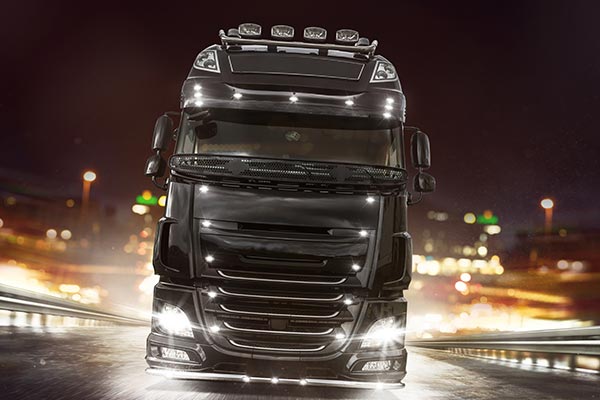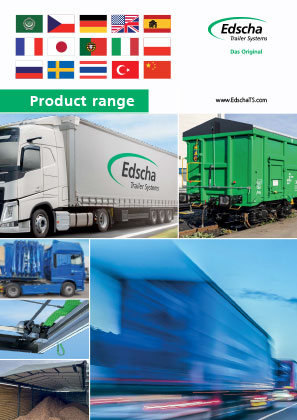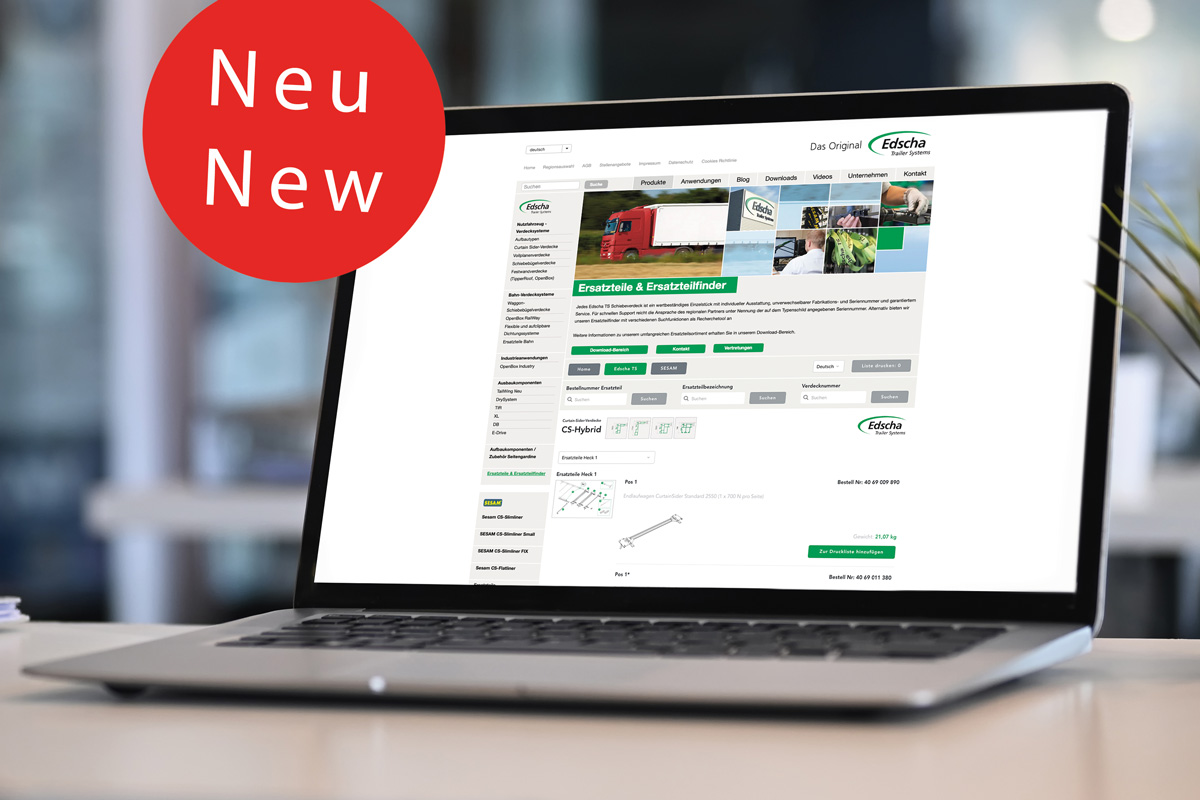Light during the day: In Germany only recommended
We are talking about the so-called daytime running light, which was first made compulsory in Finland and Sweden at the beginning of the 1970s. Today, 24 European countries have a corresponding regulation. Bosnia and Herzegovina, Denmark, Estonia, Finland, Iceland, Italy, Latvia, Lithuania, Macedonia, Montenegro, the Netherlands, Norway, Poland, Portugal, Romania, Russia, Sweden, Switzerland, Serbia, Slovakia, Slovenia, Hungary and the Czech Republic require driving with lights on all year round. In Italy, Romania, Russia and Hungary, the regulation only applies outside towns, and in Portugal the daytime running light law only applies to certain routes. In Austria, the general obligation to drive with lights on in road traffic was lifted again at the beginning of January 2008, but driving with lights on during the day is also possible on a voluntary basis. In Switzerland, the daytime running light obligation has been in force since January 2014, with the exception of vehicles registered before 1 January 1970. Finally, there are two European countries that expressly "only" recommend that drivers drive with their lights on. These are France and "little known" Germany.
Allowed at home - prohibited in Germany
But what applies in Germany to foreign drivers whose lighting is permitted in their home country, but is completely or partially prohibited here? First of all, let us look at § 20 of the German vehicle registration regulation Fahrzeugzulassungsverordnung (FZV), which states, among other things: "According to this, vehicles registered in another Member State of the European Union may temporarily (one year) take part in domestic traffic if a valid registration certificate is issued for them by a competent authority in the other Member State and no regular location is established in Germany. This is supplemented by corresponding regulations in the Straßenverkehrs-Zulassungs-Ordnung (StVZO). For example, vehicles registered abroad must comply with the regulations of the StVZO when temporarily participating in road traffic in Germany and must be safe for operation and roadworthiness. Nevertheless, despite being properly registered in other EU countries, an administrative offence can be committed in Germany if there is a significant impairment of road safety caused by the equipment of the vehicles.
Of course the motor vehicle lighting is regulated in Germany
The law regulates exactly which lighting motor vehicles may have. Here is a small excerpt of what you need to know. For cars and trucks, white and yellow light may shine to the front and red to the back. White and yellow light is permitted to the side. High beam, low beam and parking light must be available on the vehicle. A direction indicator shows the planned direction of travel. Parking light, a fog lamp, cornering light, daytime running light and a wide beam for additional high beam are also permitted. The following may be used as rear lights: Rear lights, stop lights and flashing lights. Reflectors, rear fog lamps, reversing lights and number plate lighting are also permitted. And there is more: according to the law, high beam may only have a certain maximum brightness. The fog lamps may be white or bright yellow. As with high beam and low beam, the range of the position and direction of the lighting is precisely defined for fog lamps. From reflex reflectors to clearance lights and side markers: each lamp is given appropriate recognition in the StVZ0.

Interior lighting must not obstruct
Many drivers want to have it almost as comfortable as at home, even during the journey. The accessories trade supports this trend with many light gimmicks that are not permitted under the road traffic licensing regulations. After all, safety also takes precedence in the vehicle interior. For example, the lighting of the dashboard must not dazzle the driver or other road users. The interior lighting must go out when the driver's door is closed. Flashing lights and other luminous colours on the car are not approved and do not receive approval from the TÜV (Technischer Überwachungsverein, English: Technical Inspection Association). Within the EU, all lights in the car must be marked with a sequence of numbers for official registration. If any light source on the vehicle does not have the required test number engraved on it, the general type approval on the vehicle expires. This applies even to the small additional indicators on the side of the vehicle. The vehicle may not be moved again until the defects have been rectified.
Threat of decommissioning and fine
As beautiful as a truck with colorful and flashing lights looks: Only those are generally permitted with all lights in and on the vehicle that are officially registered and have a test symbol. If you enter a police checkpoint with illegal lights, you risk not only immobilising the vehicle but also a hefty fine. So stay a "bright head" when it comes to the lights on your vehicle.






